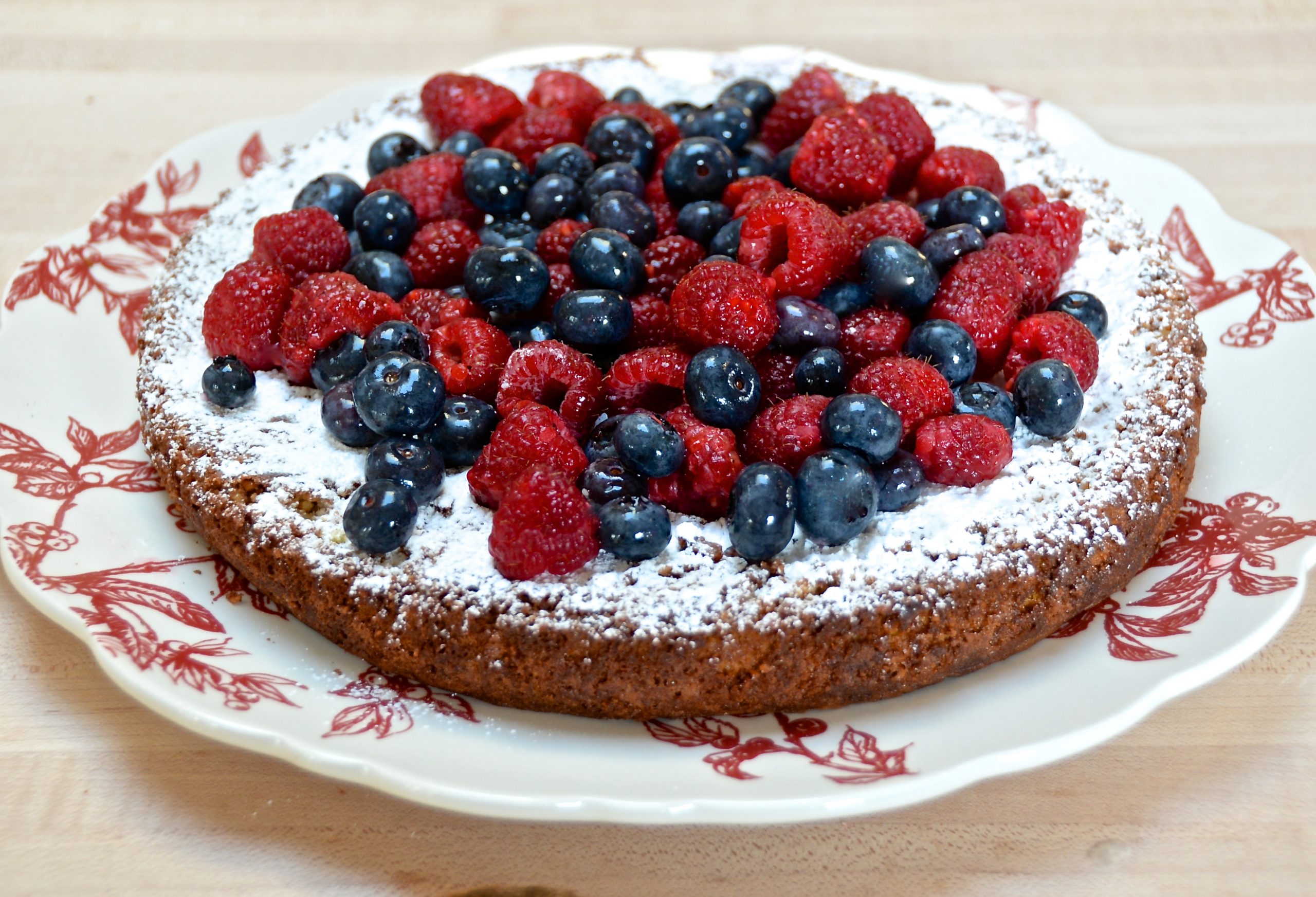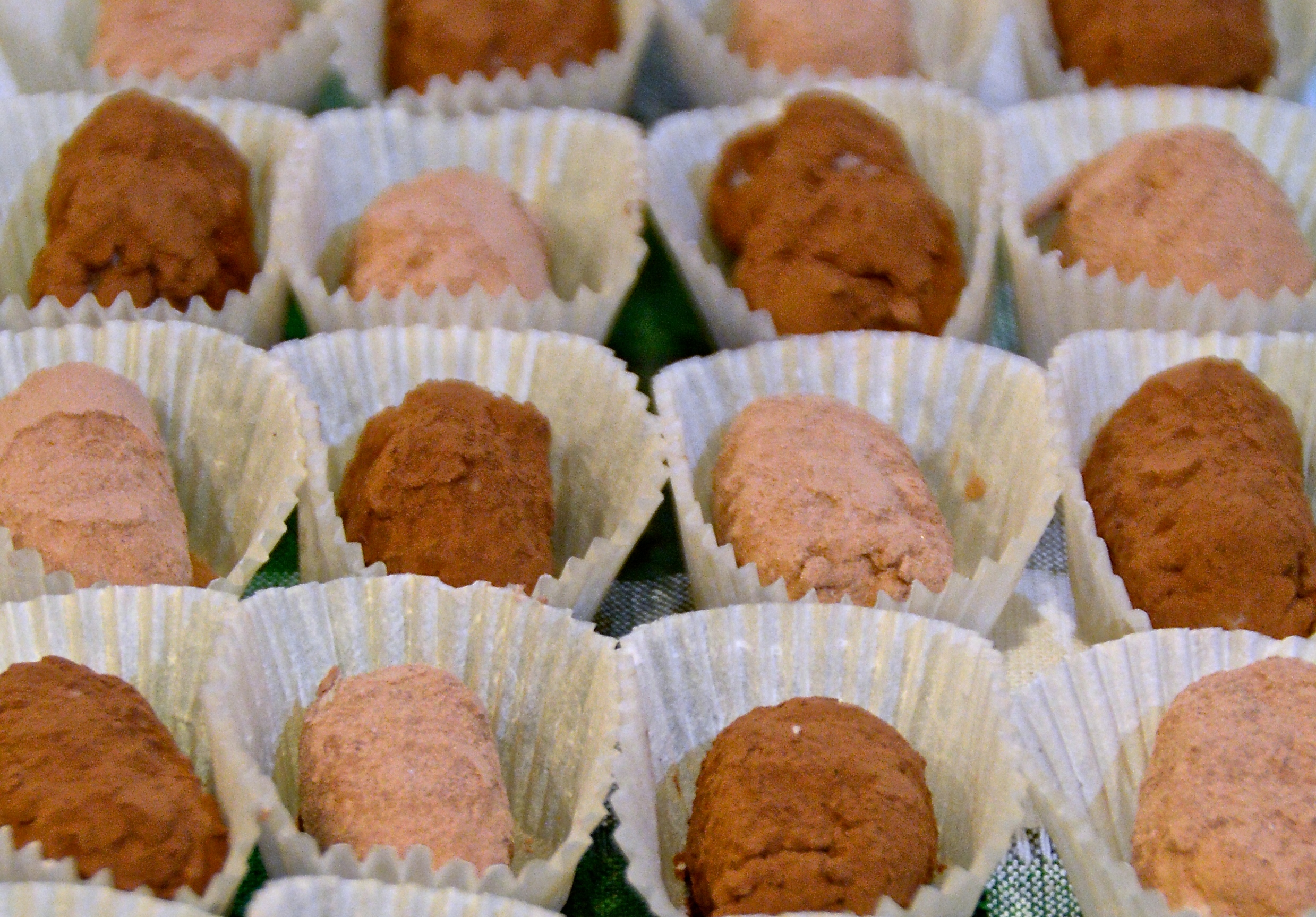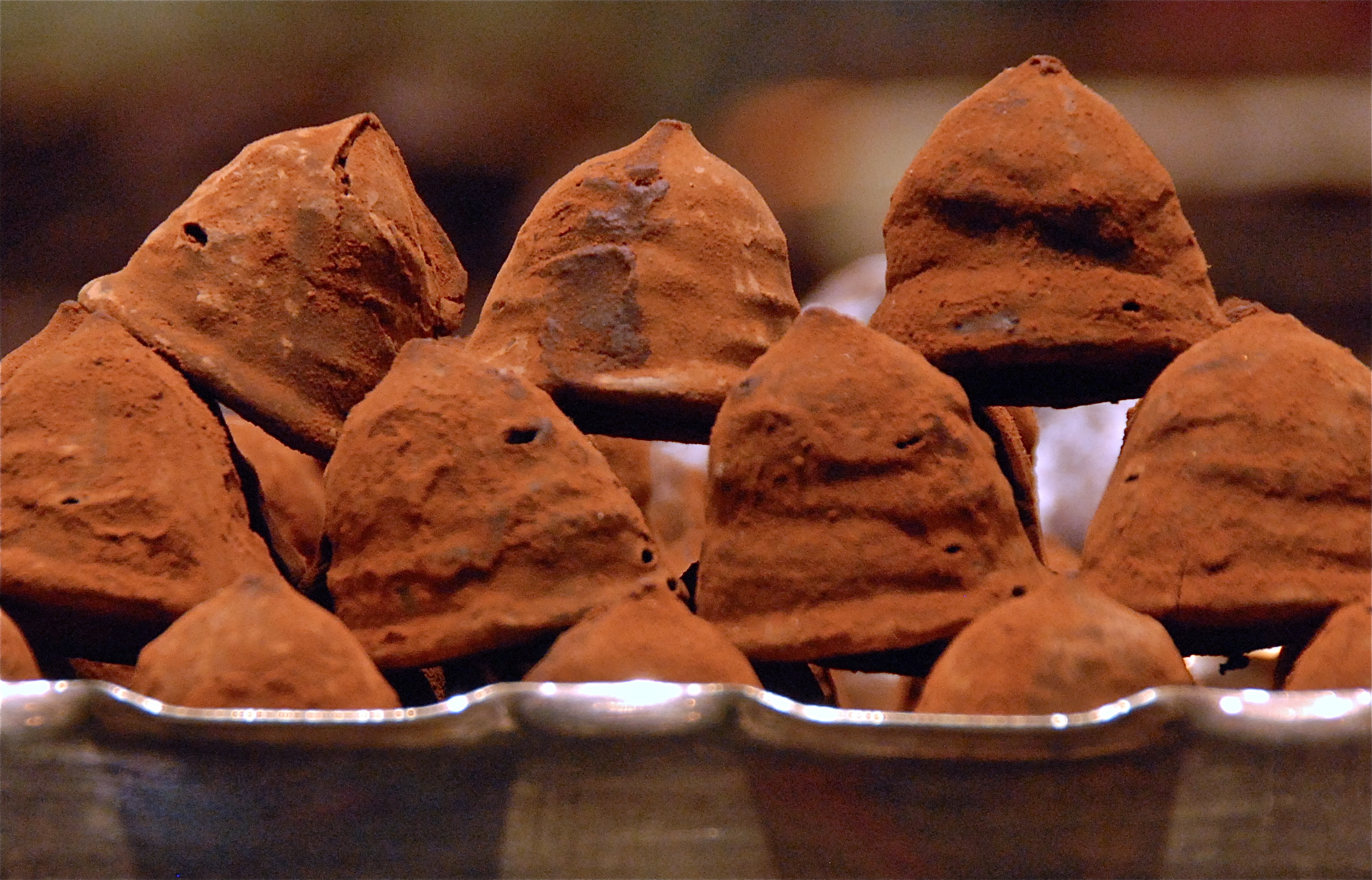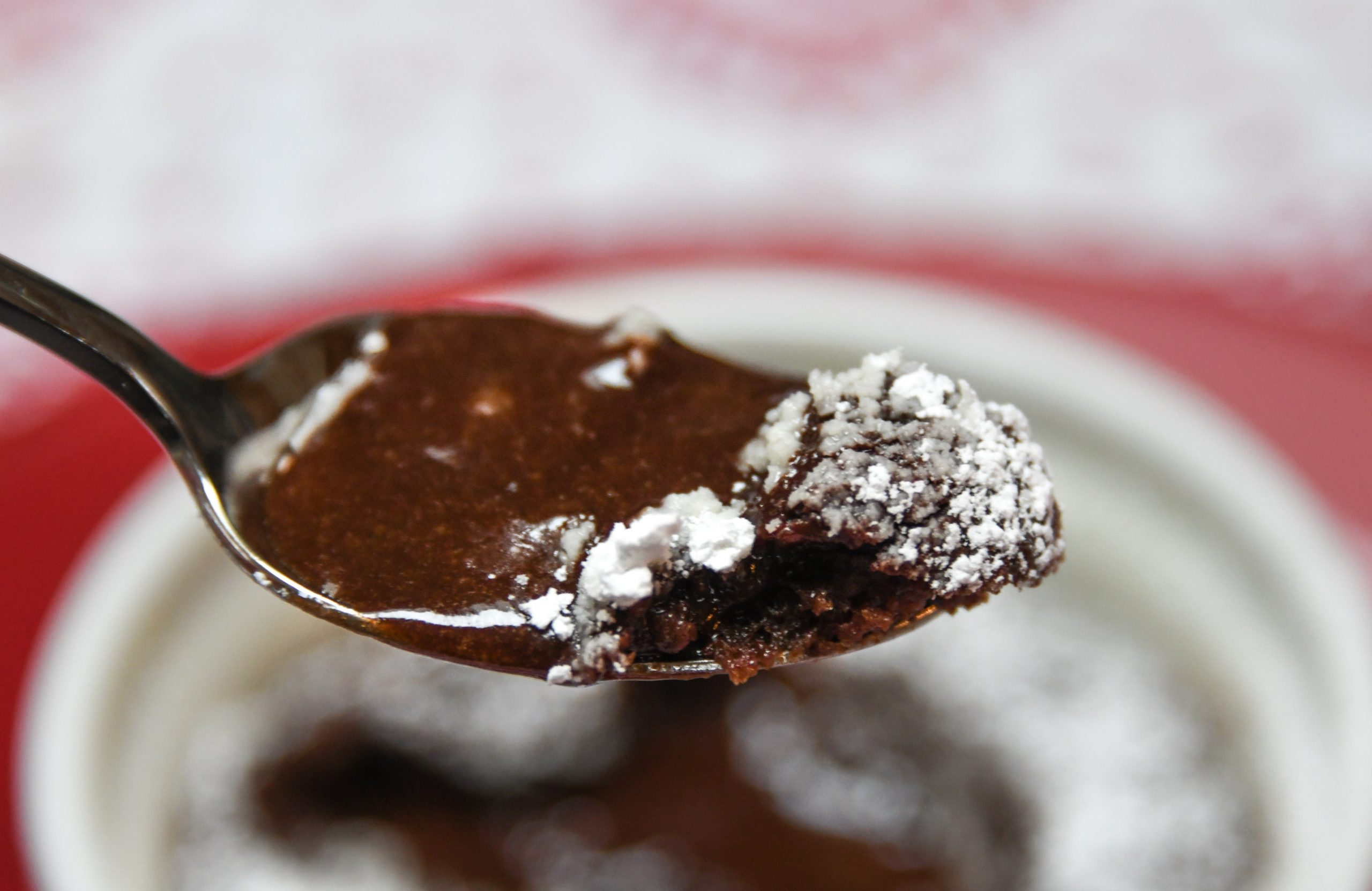Flourless & Fabulous White Chocolate Almond Torte
When baking, I often think of my late mother from whom I inherited a raging sweet tooth. I suspect that she received hers from her own mother with whom she spent countless Friday nights making candy, cakes and other confections. They had baked for fun from recipes passed down through my French grandmother’s family and plied all whom they knew with these goodies. Yeah, I inherited that latter trait, too. Among the wonderful treats that they made were tortes. Although it may sound quite sophisticated, a torte is simply a single layer cake made with flour and/or ground nuts. German in origin, it’s occasionally filled jam or buttercream. In my kitchen it’s adorned with fresh, seasonal fruit and confectioner’s sugar. One of the many great things about White Chocolate Almond Torte is how few ingredients are used. As the name indicates, you’ll need white chocolate and ground almonds as well as eggs, butter, sugar and almond extract. That’s it. I have made the following flourless White Chocolate Almond Torte so many times that I could …



